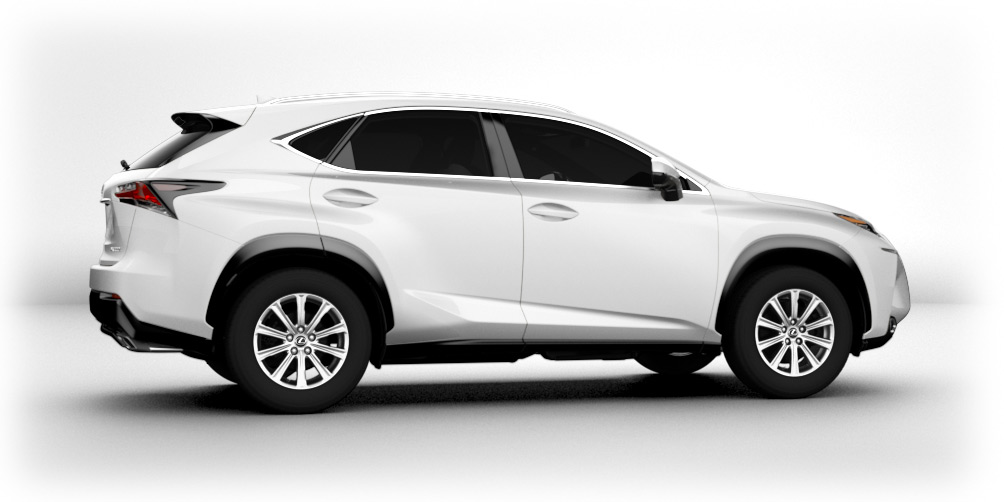Article from AutoTrader.com
Whether expecting for the first time or already making memories with the newest member of the family, new moms and dads have no trouble keeping busy. From preparing the baby’s room and childproofing the house to getting a routine set and adjusting to the new normal, there is plenty to do.
Frequently, buying a new or used family car is on new parents’ to-do list — especially for first-timers driving a vehicle that is unsuitable for kid-hauling. Choosing a new car, truck or SUV to carry your precious bundle of joy, however, is not as simple as rolling into the nearest dealership and choosing the model that’s painted your favorite color. You’ve got to put more thought into the selection. After all, you have this tiny little person counting on you to get it right.
There are four key criteria to consider when buying a proper family car: safety ratings, interior design, cargo room and overall value. We’ve listed these in order of importance, and when you’re shopping for a new set of family-oriented wheels, whether new or used, the most critical factor is safety.
Safety Ratings
When choosing a vehicle in which you plan to transport your children, regardless of their age, safety is a primary consideration. As a parent, it is your responsibility to protect your child to the best of your ability, and that means selecting a safe mode of transportation.
There are two sources of crash-test information. The National Highway Traffic Safety Administration (NHTSA) rates vehicle safety based on crash testing and rollover resistance testing, and gives vehicles a score between one and five, represented using gold stars, with five stars being the best. These ratings are available at www.safercar.gov.
The Insurance Institute for Highway Safety (IIHS) also performs crash tests on new vehicles, typically to more rigorous standards than those conducted by NHTSA. For 2013, vehicles that earn a Top Safety Pick rating must achieve the highest possible score in frontal-, side- and rear-impact injury prevention tests, as well as a roof crush strength test. Vehicles that receive a Top Safety Pick+ rating also pass a tough new small overlap frontal-impact test that measures how well a car, truck, SUV or minivan protects occupants if it strikes a tree, a pole or an oncoming vehicle on the left front corner of the tested vehicle. IIHS ratings are available at www.iihs.org.
New parents can use the NHTSA and IIHS information to generate a list of the safest vehicles. Keep in mind, however, that frontal-impact test results are typically valid only when compared to other vehicles in the same general weight class. In other words, a 4,000-lb vehicle with a 4-star crash-test rating is likely to be safer in a real-world collision than a 2,500-lb vehicle with a 5-star crash-test rating.
Also, new car buyers may want to narrow their choices to vehicles that offer subscription telematics systems, such as OnStar from General Motors, or smartphone applications, such as Sync from Ford, that can automatically contact a 911 operator if the car’s airbags deploy and send rescuers to the scene of an accident.
Interior Design
When selecting a new or used vehicle to transport your children, interior design is important. When you bring a newborn home, the baby must ride in a reverse-facing child safety seat that is properly installed using the Lower Anchors and Tethers for Children (LATCH) safety restraints. Reverse-facing child safety seats require more clearance with a vehicle’s front seat than forward-facing child safety seats, so it is important to buy one in advance of your baby’s arrival and ensure it fits in your current vehicle or one you may be considering as a replacement.
While installing the reverse-facing child safety seat, ensure that the seat can be tightly secured. When a child safety seat is properly installed, there is little to no movement when you try to wiggle it. Proper installation requires force and muscle to tighten the LATCH straps — so if you need help, ask for it.
If you are installing the child safety seat in the rear center, which is the safest location, it is important to see if you can fit into the adjacent seating position for when you want to ride in the back with your child. Make sure that you have enough hip and shoulder room, and that you can easily access and wear the seat belt.
Some vehicles have a parabolic mirror that parents can use to check on children from the front seat — a useful feature for any parent. Also, consider how sunlight could affect a child riding in the back seat, especially a baby in a reverse-facing child safety seat. Does the vehicle have dark-tinted rear privacy glass to cut glare? If not, does the vehicle offer a rear window shade or rear side window shades? If the answer to all of these questions is no, parents will want to install aftermarket sunshades to protect the child’s eyes, or select a different vehicle.
Eventually, your baby will become a toddler, and then a child. They will switch from a reverse-facing child safety seat to a forward-facing design. When that happens, the kicking starts. Choosing a family vehicle with a greater distance between the rear seat and the front seat back can significantly reduce this source of irritation.
Finally, decide whether you really need a vehicle with a third-row seat. Often, third-row seats force compromises in cargo room and second-row legroom. When child safety seats are installed in the second row, the third row can be impossible to access. Also, in many vehicles, it is not recommended to install child safety seats in the third-row position, due to the seat’s proximity to the rear of the vehicle and the added risk associated with a high-speed rear-impact collision.
Cargo Room
When children arrive, parents use their vehicle’s trunk more frequently and tend to carry larger items, such as giant boxes of diapers and baby wipes. When assessing the utility of a new family vehicle, check whether your largest stroller can fit in the trunk and determine if everything the family requires for a trip can be stowed in the cargo area.
For crossovers and SUVs, remember that car companies often quote cargo volume measurements that are valid only when the cargo area is stacked to the roof. This, of course, is dangerous. If cargo is stacked to the roof, and a divider is not installed, the cargo could fall onto a child if the driver brakes hard, as during a panic stop.
Overall Value
According to the United States Department of Agriculture (USDA), a baby born this year to parents who live in the Midwest and earn between $60,000 and $100,000 annually will cost approximately $15,000 a year to raise. Clearly, when selecting a new or used family car in which your child can be safely transported, getting a good value is important. Value is defined in different ways, but for this article we’ll focus on purchase price, reliability, fuel economy and depreciation.
As discussed above, parents want to get the safest and roomiest vehicle that meets their requirements and, to maximize value, comes at the lowest price possible. When test-driving cars, start with the lower-priced models that provide everything you need — even if some of the things you want are not installed. Falling in love with a top-of-the-line model that you cannot afford and then purchasing a less expensive version of the same vehicle will only make you feel unsatisfied, like you settled for something you didn’t really want.
Parents also will want to choose a model that has proven to be reliable over time, or one protected by an excellent factory warranty. The fewer repairs required, the easier it is to pay that $15,000 annual bill associated with rearing your child. Add to your family’s bank account by selecting a fuel-efficient model that requires regular unleaded instead of pricy premium gas.
Finally, check to see if the vehicle you’re considering will be worth more money than its competition at the end of the ownership cycle. Several research companies offer depreciation ratings, such as Automotive Lease Guide (ALG.com).
How to Buy a Great Family Car
Using the information in this article, new moms and dads should be able to find the right car, truck, SUV or minivan that allows them to protect their children while balancing requirements and preferences in style, space, functionality and value.
I have been with the Lexus family for over 12 years, naturally I wanted to get an SUV within their brand. I ended up with the NX 200. It was more affordable than the RX, but had all the same safety features and space needed for my growing family.








